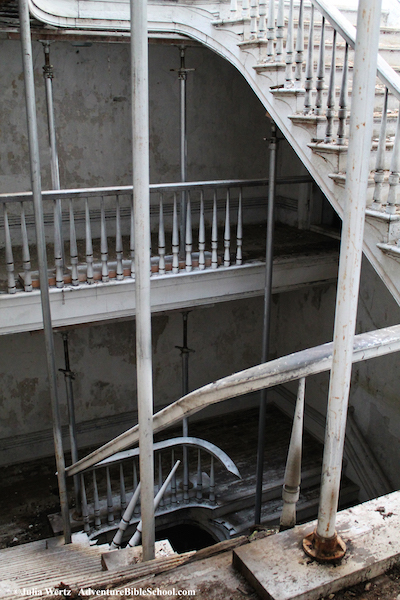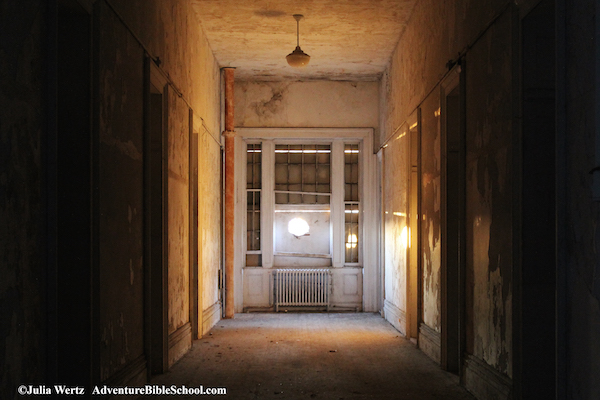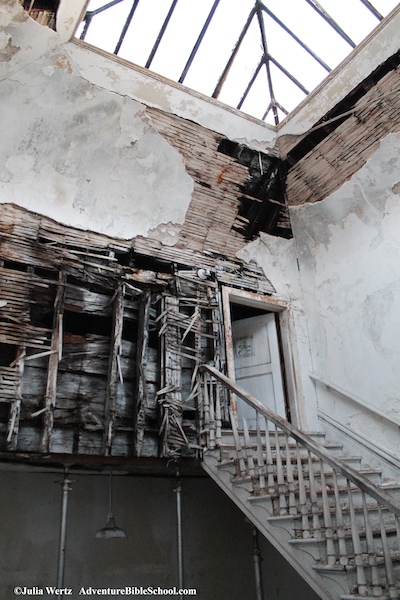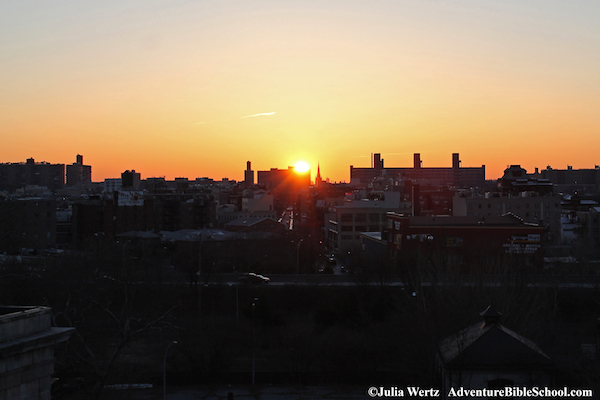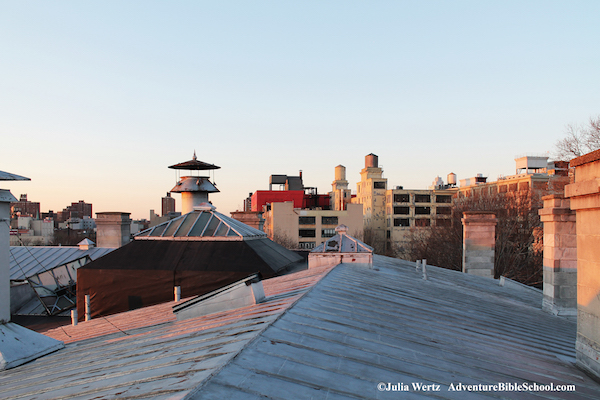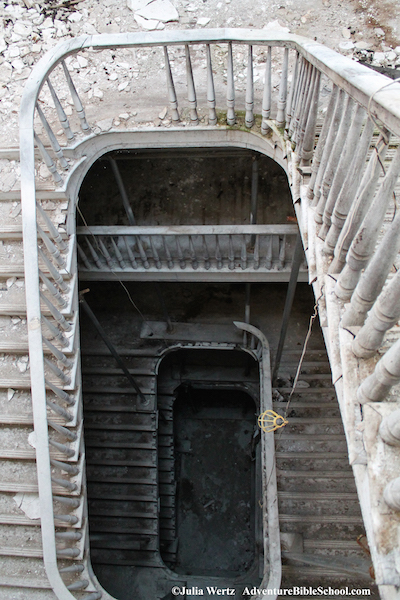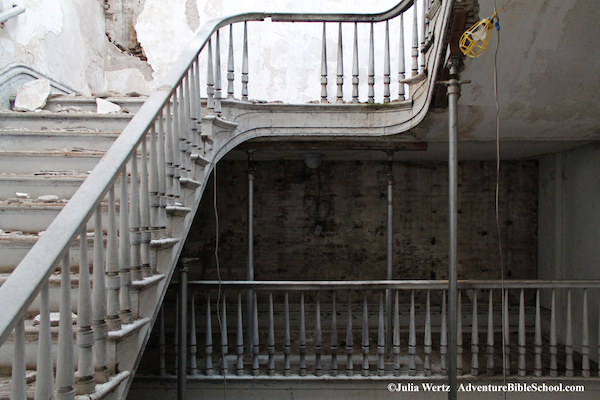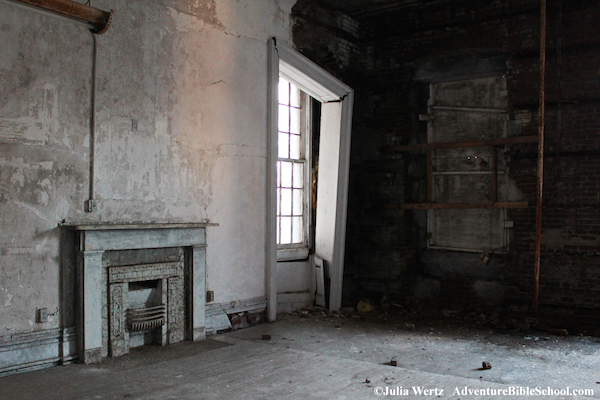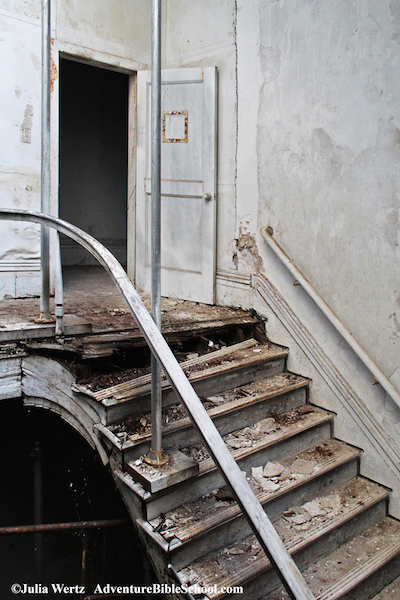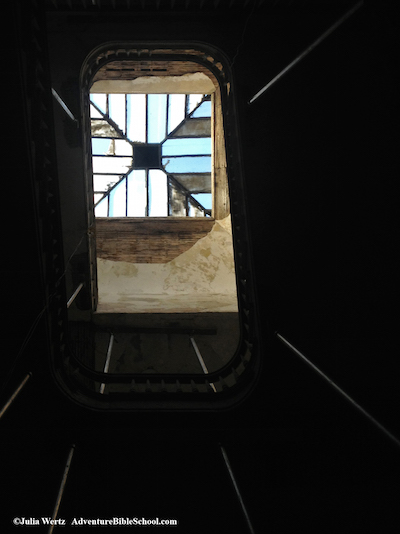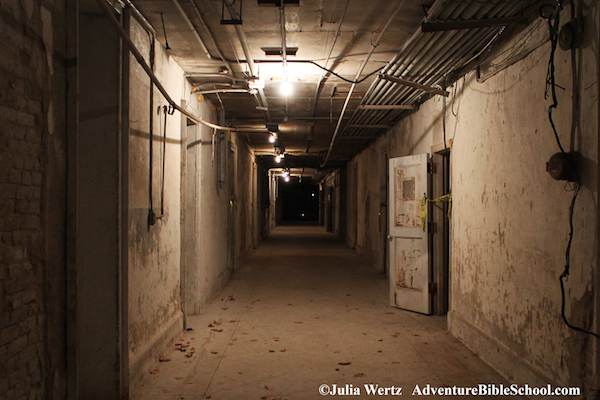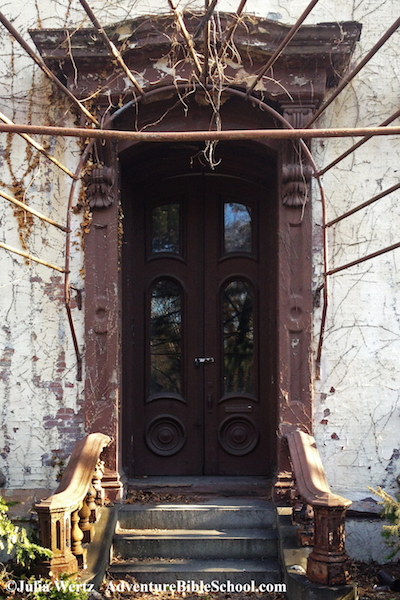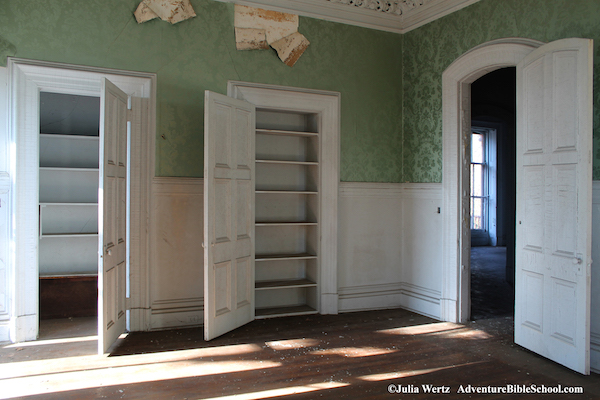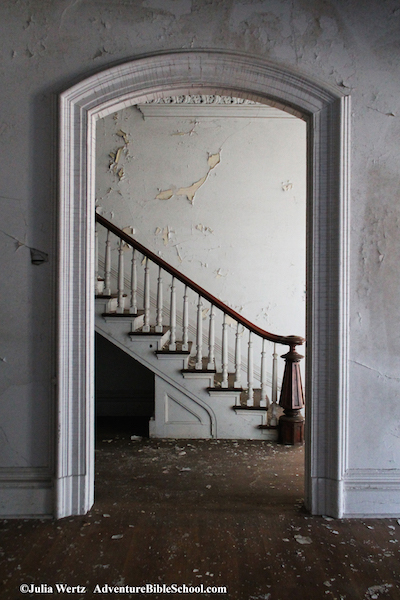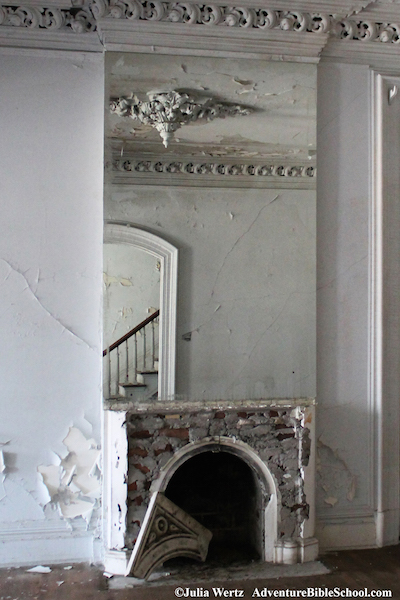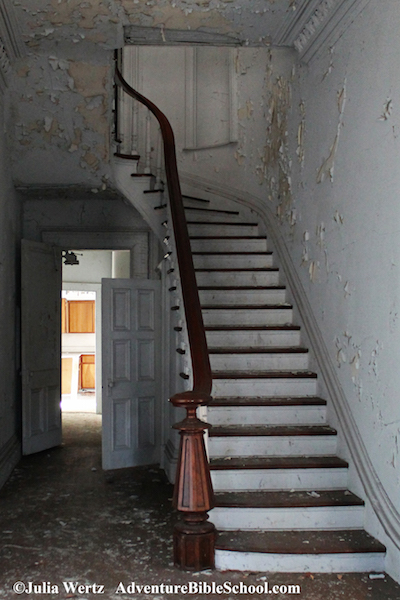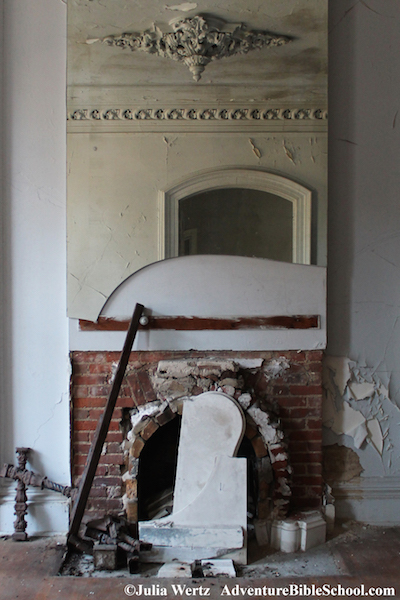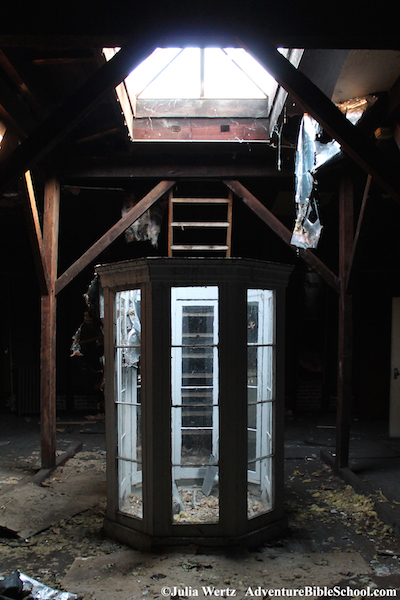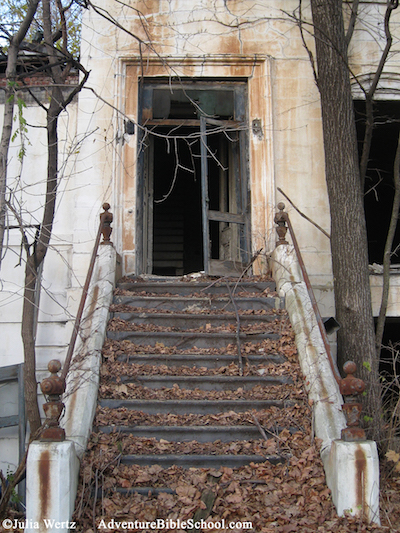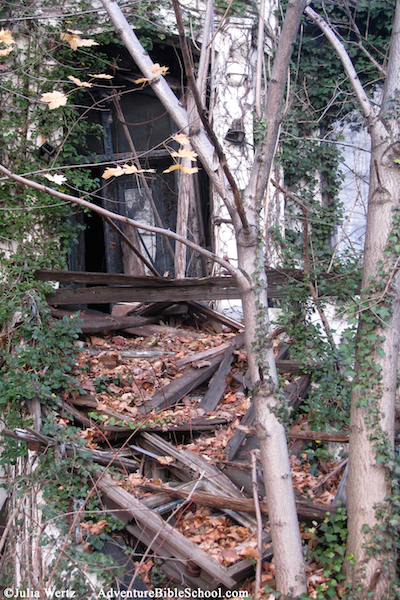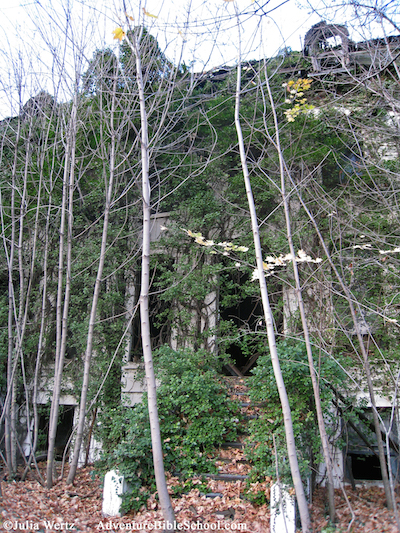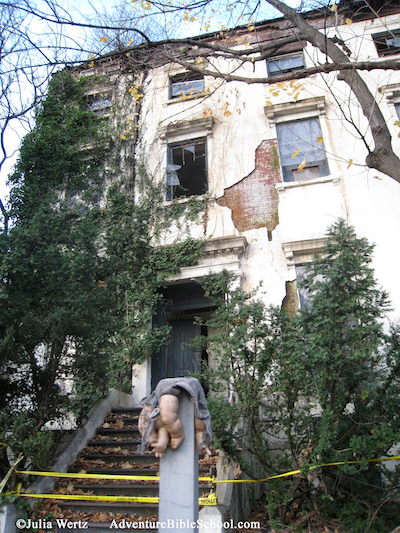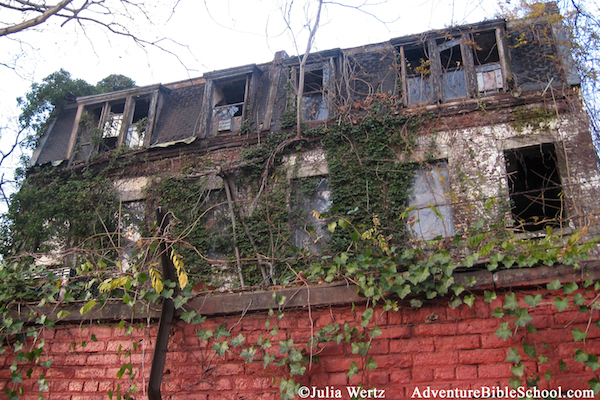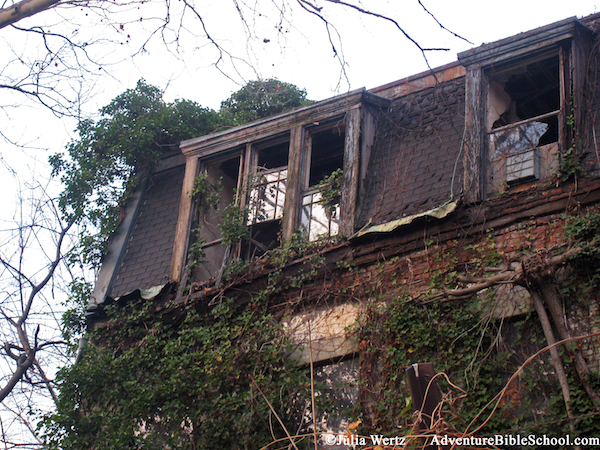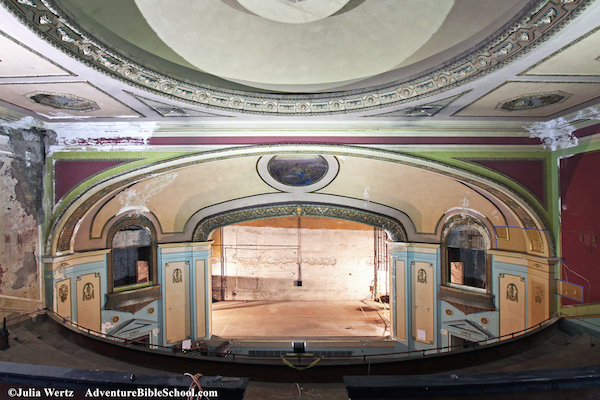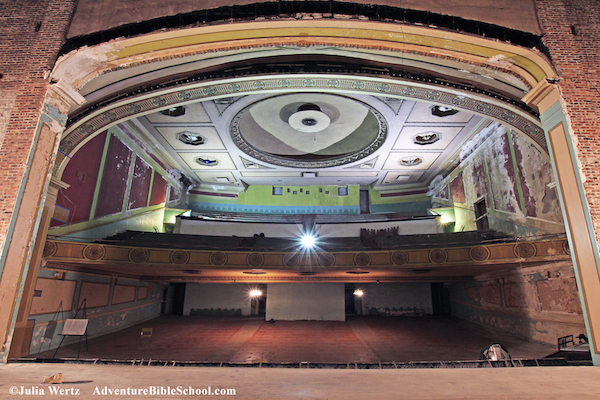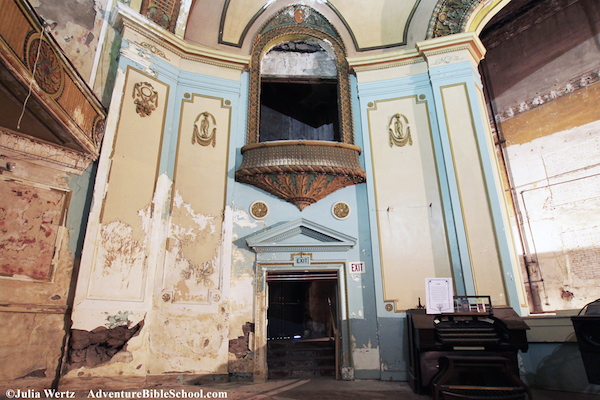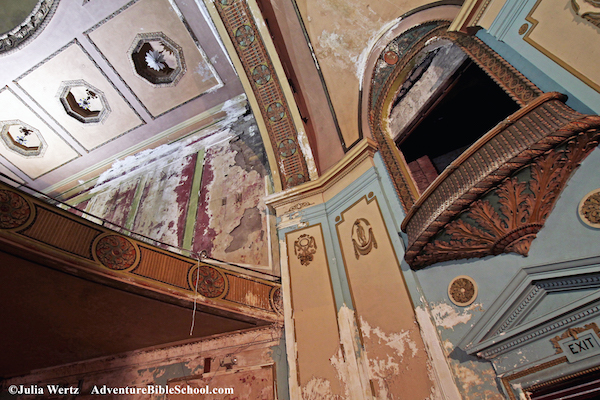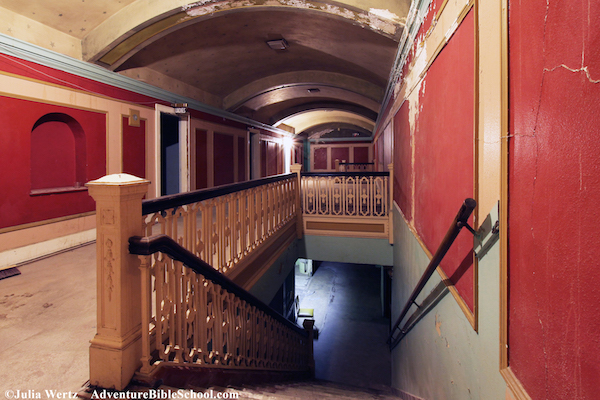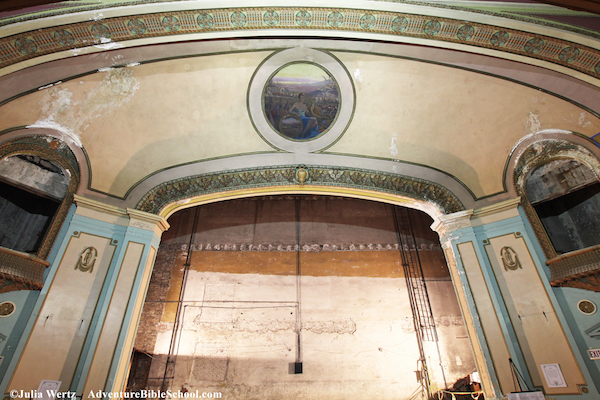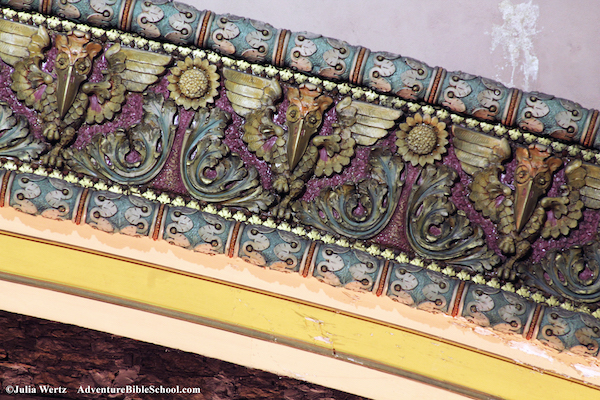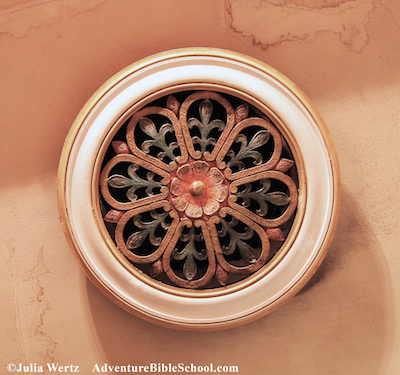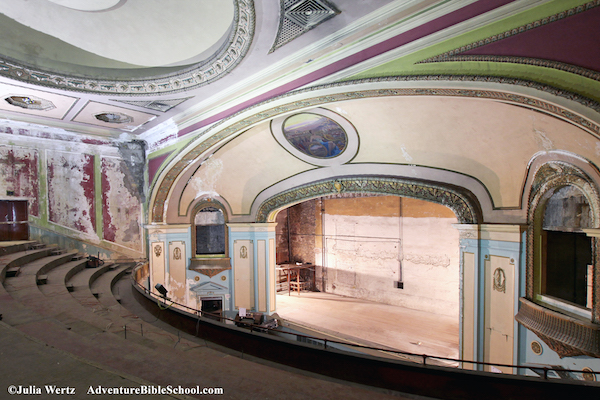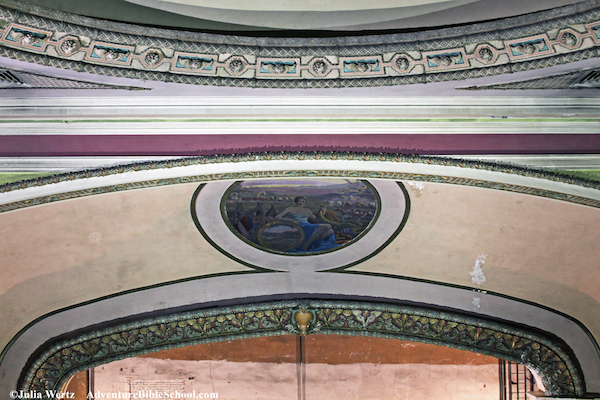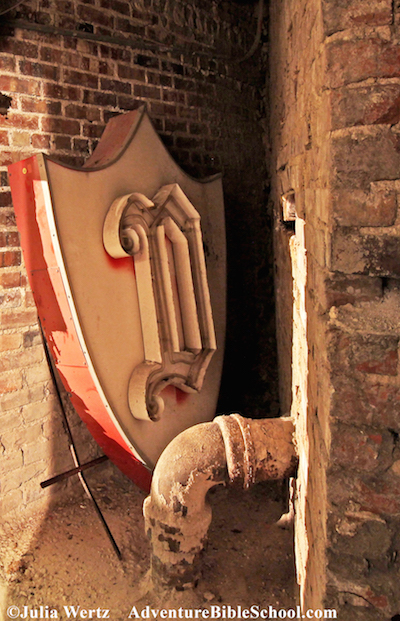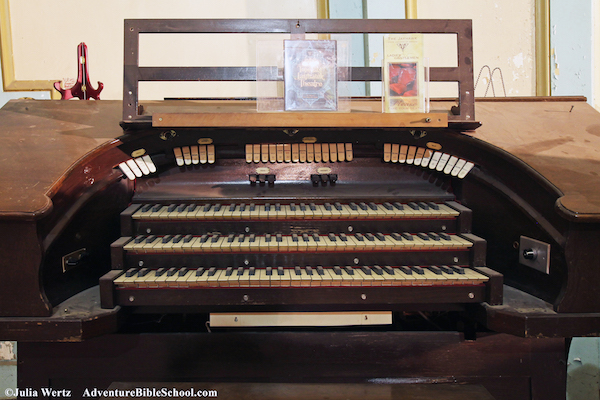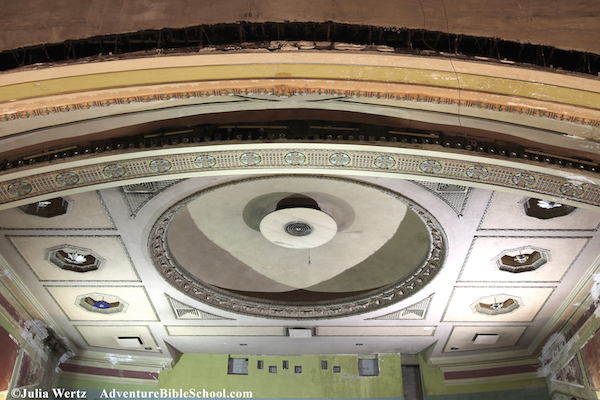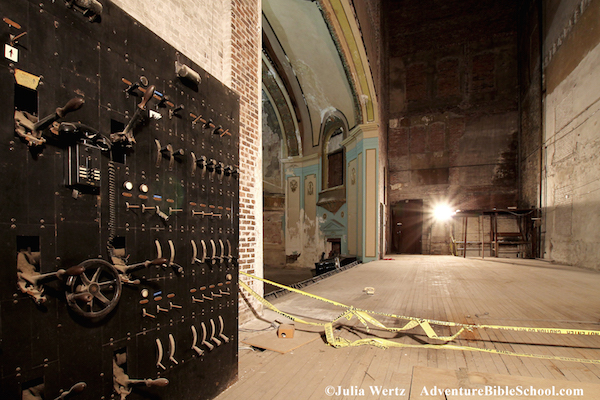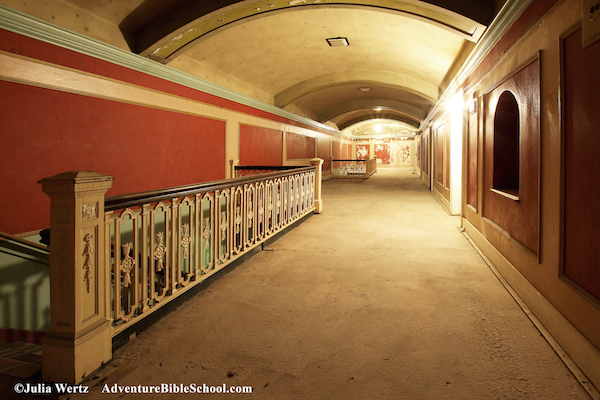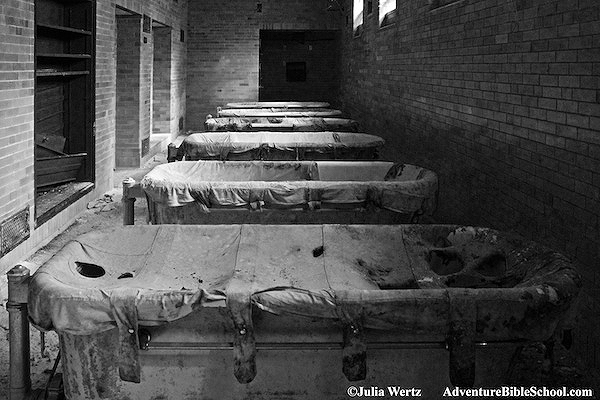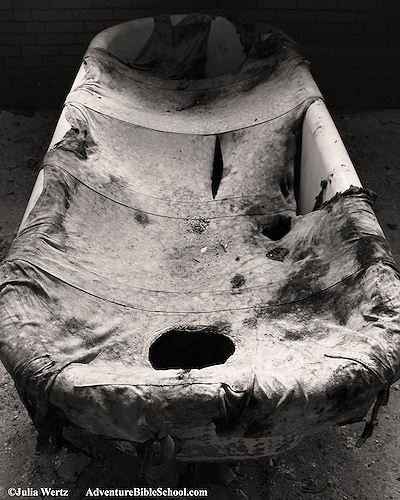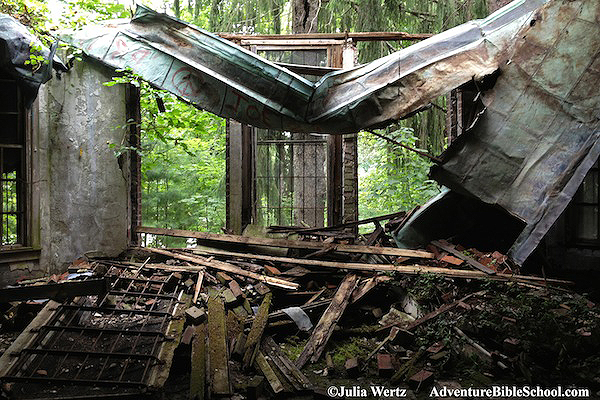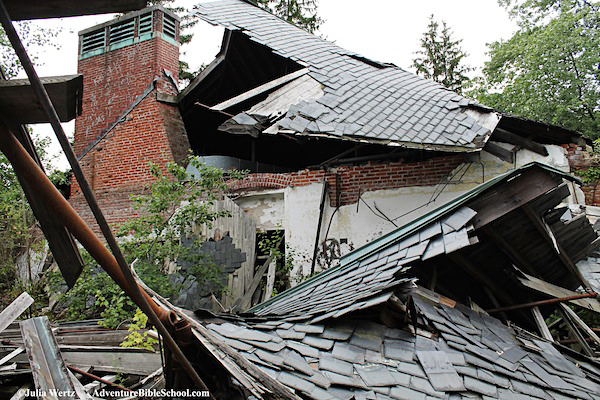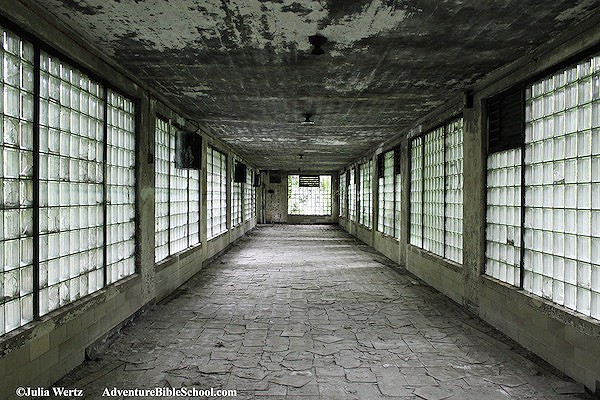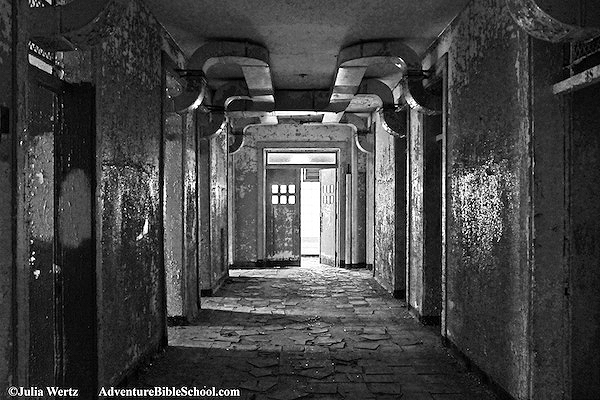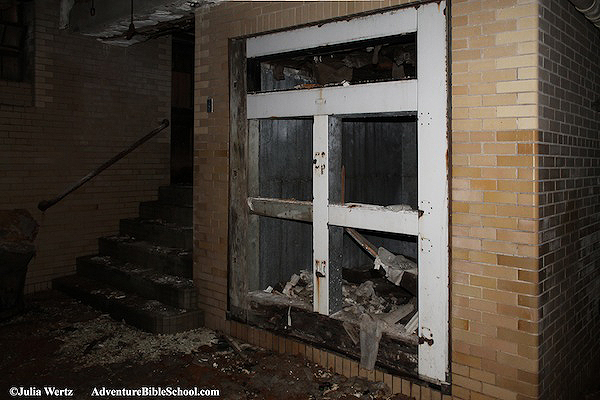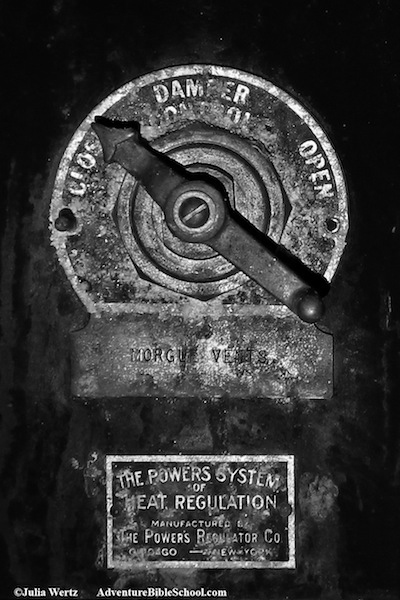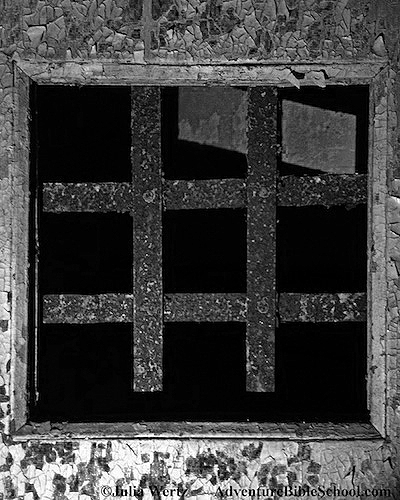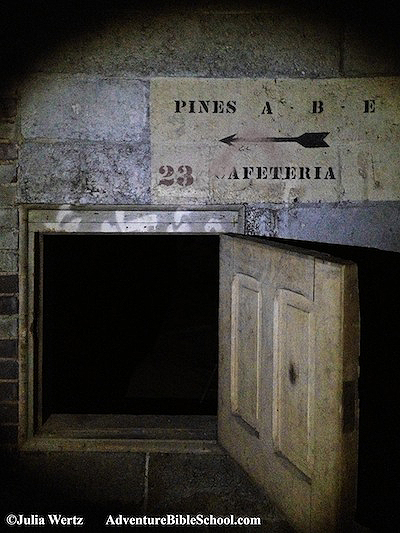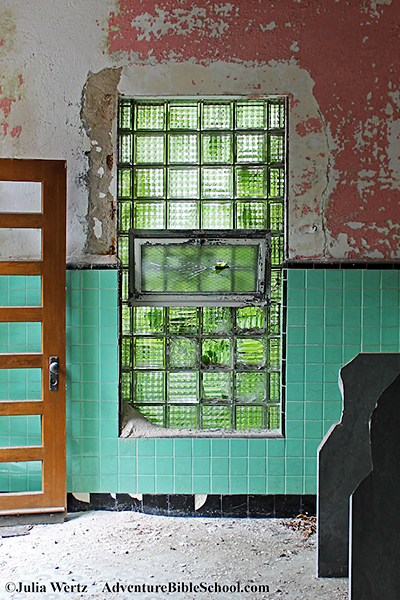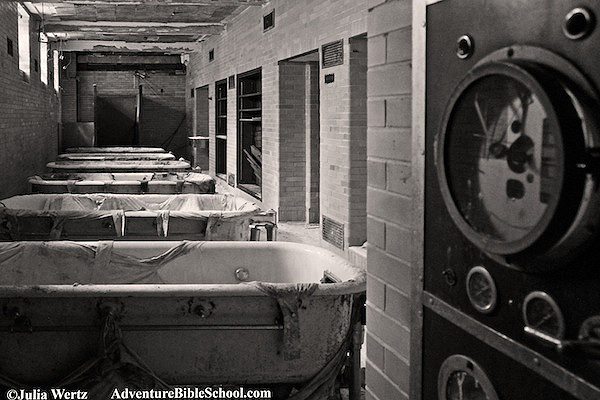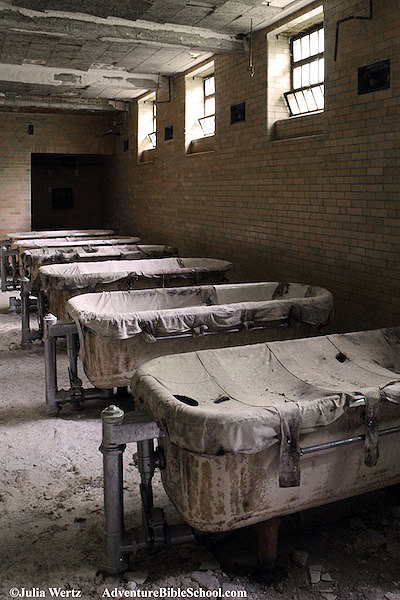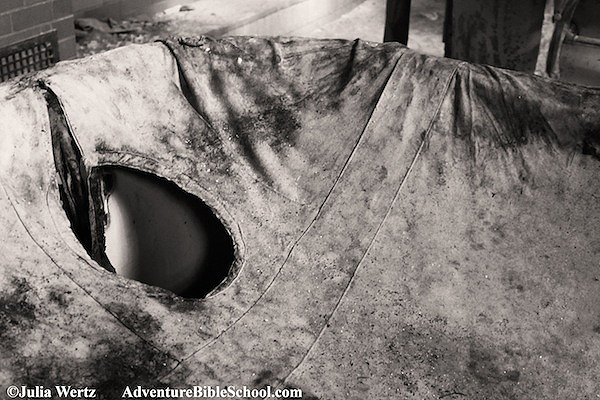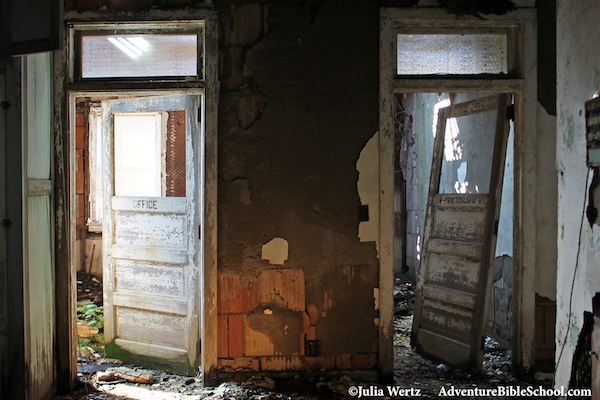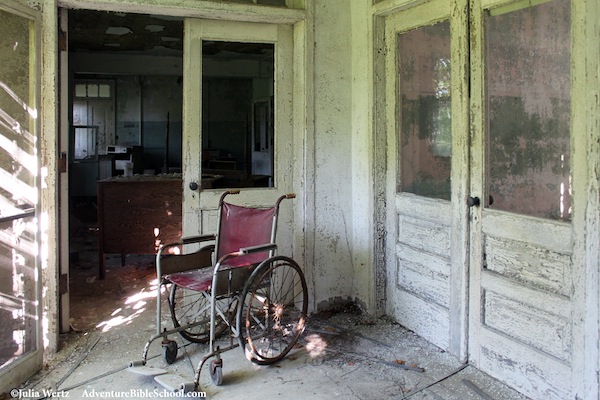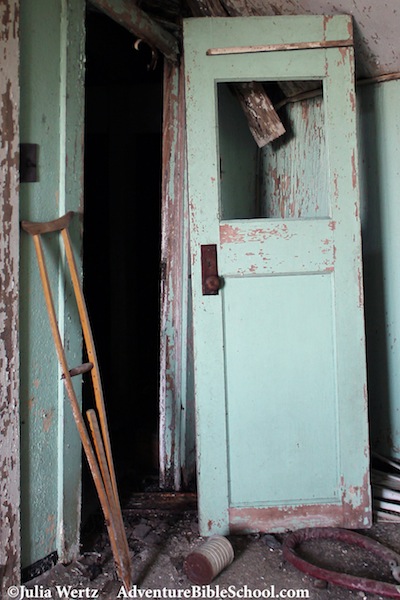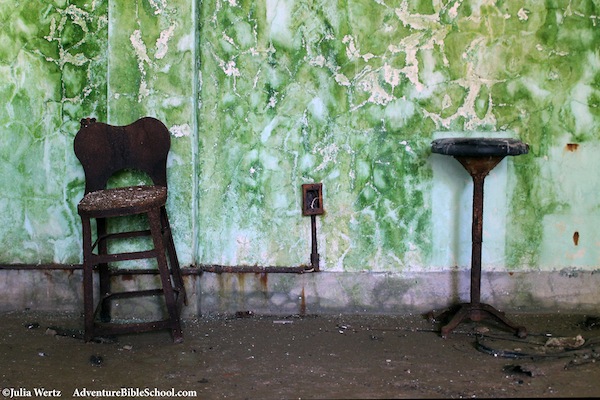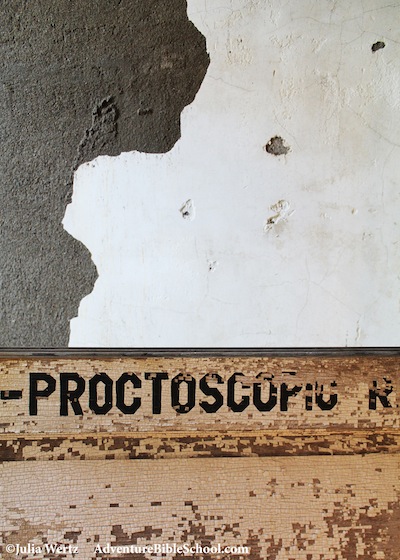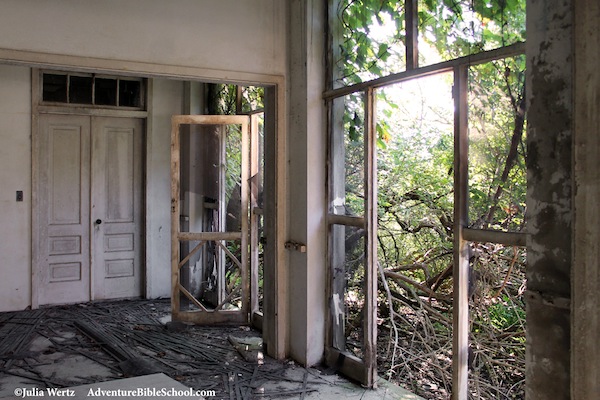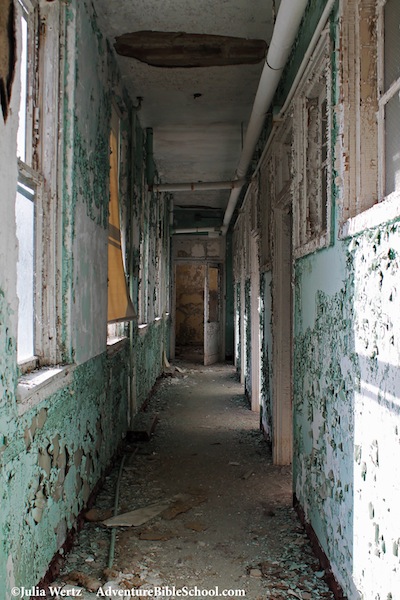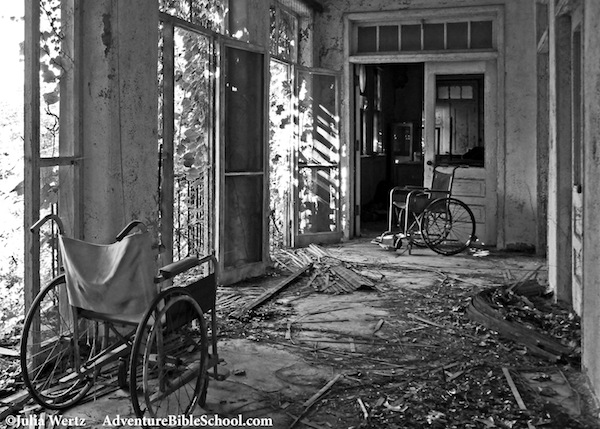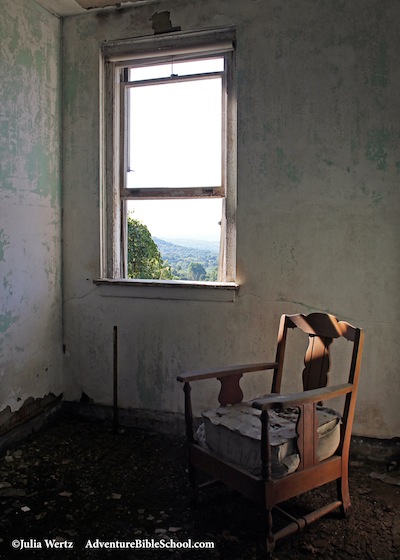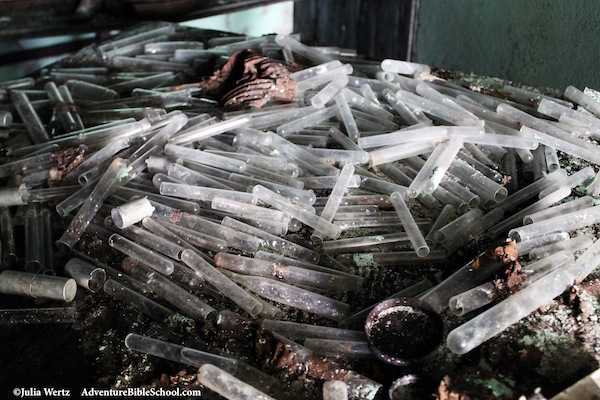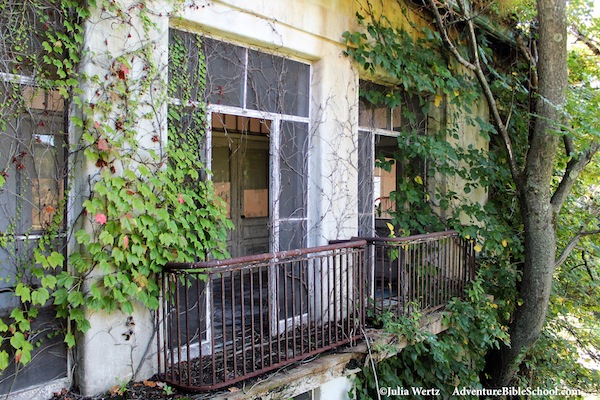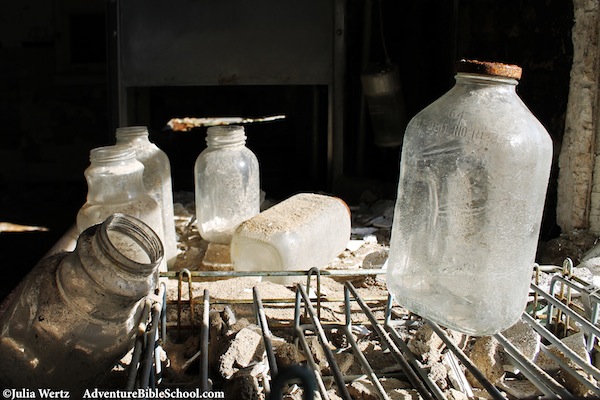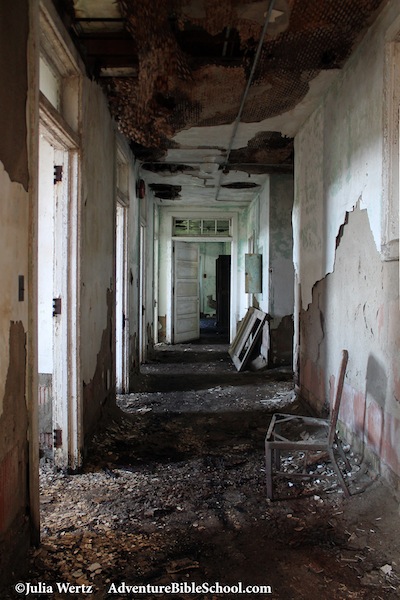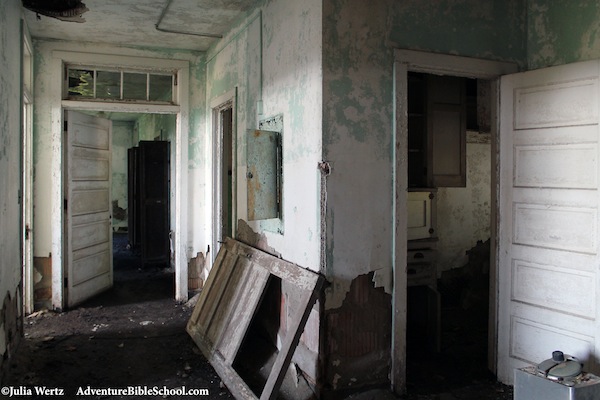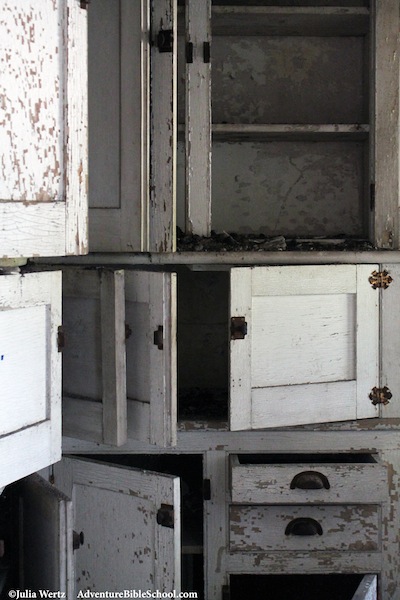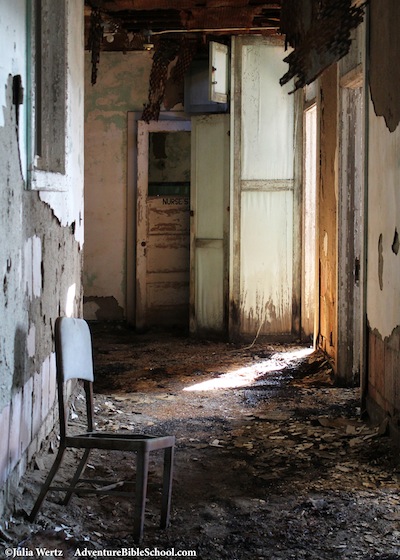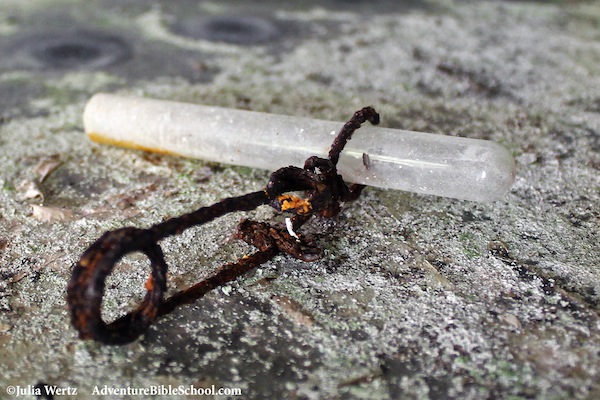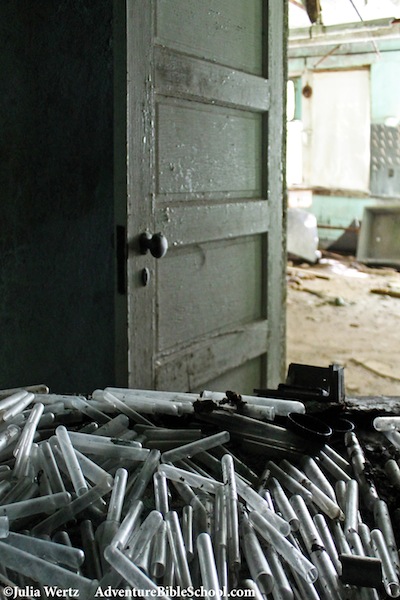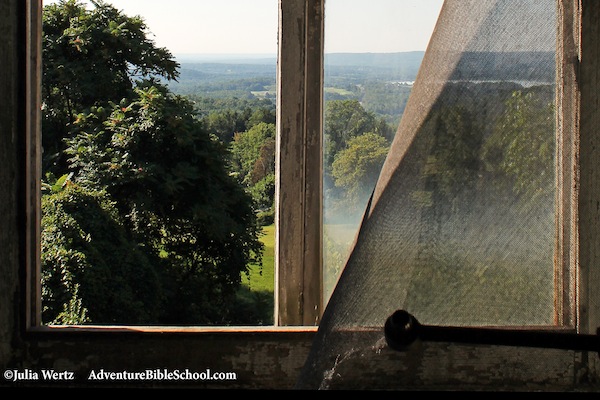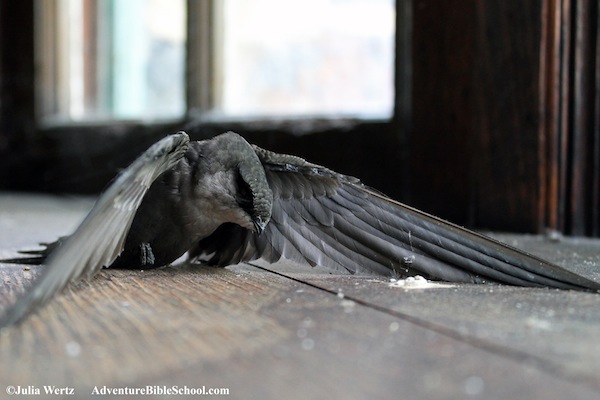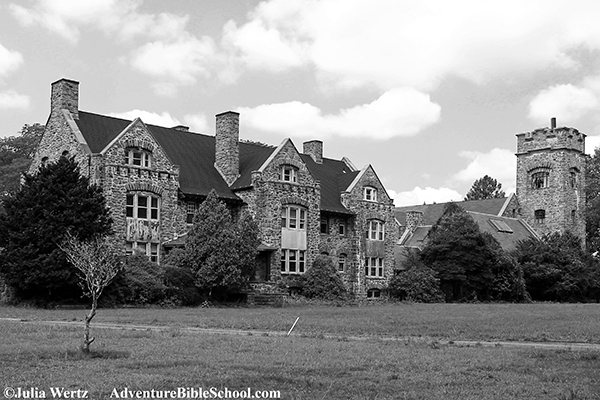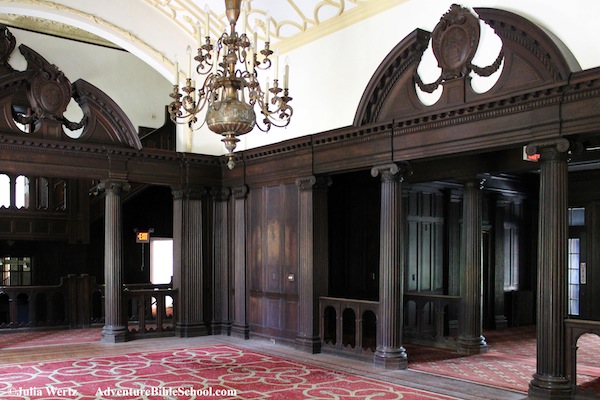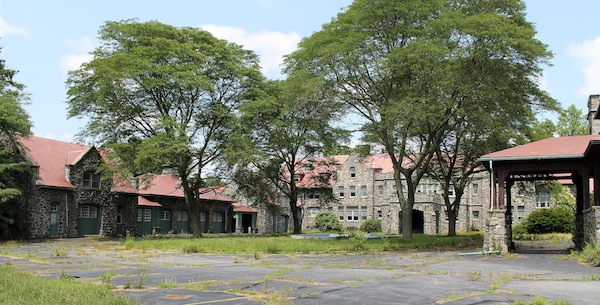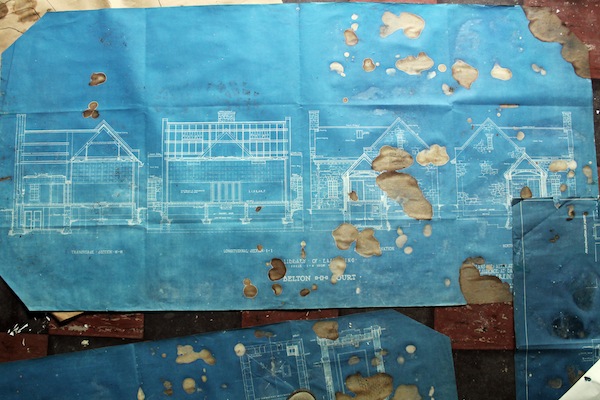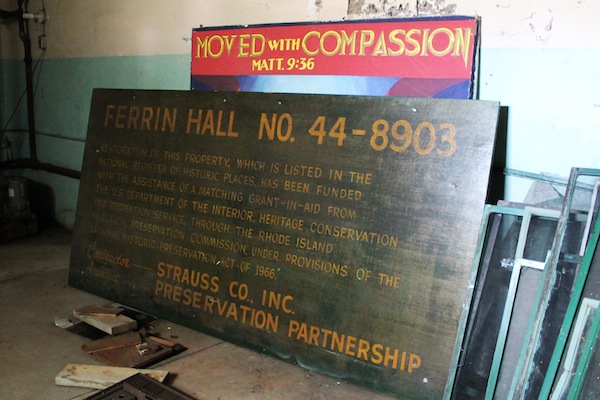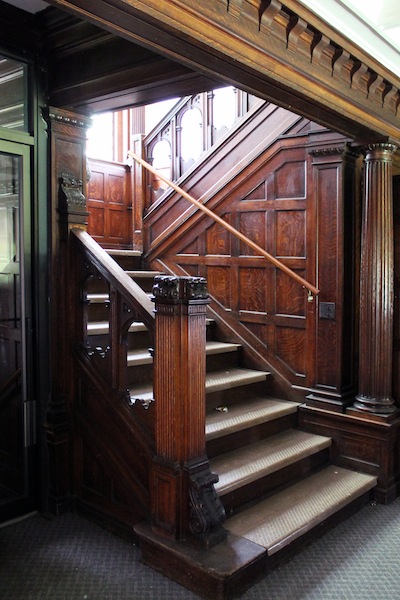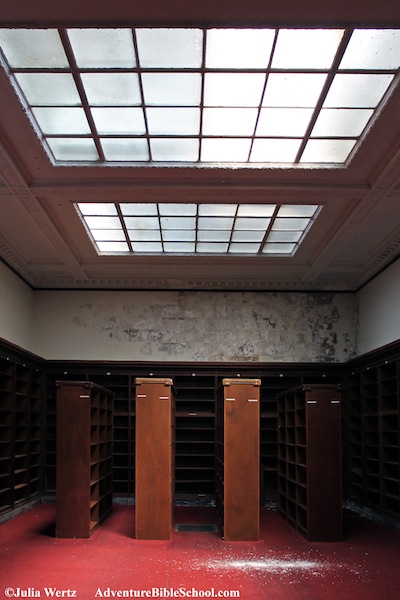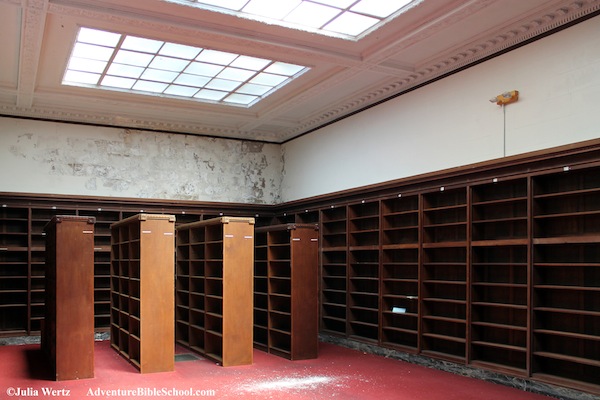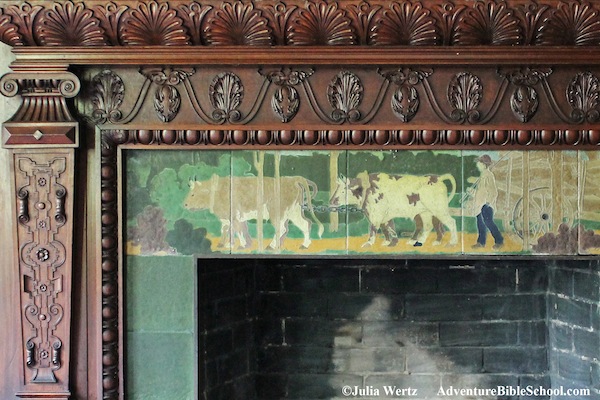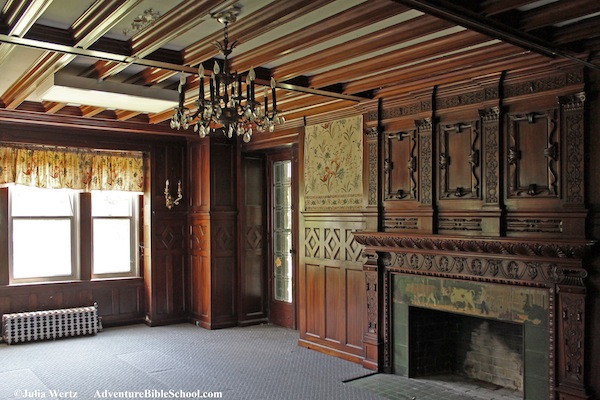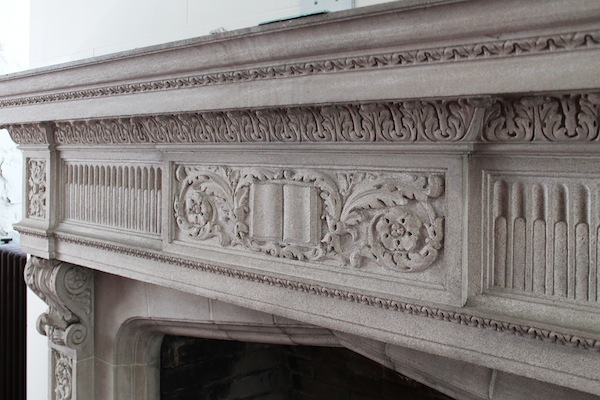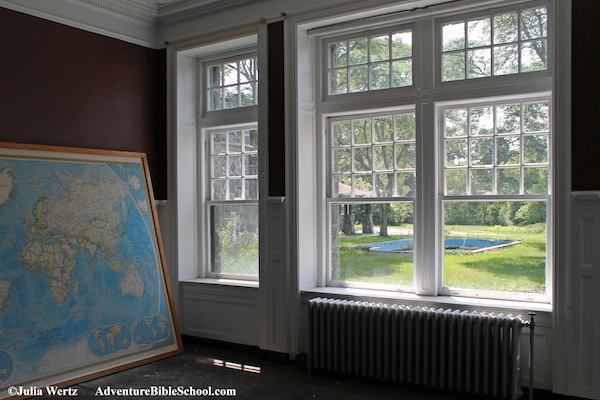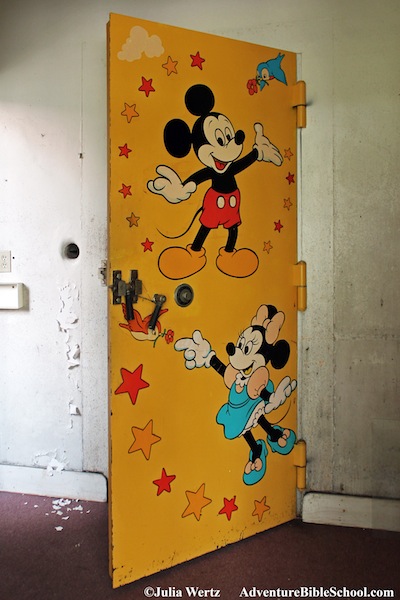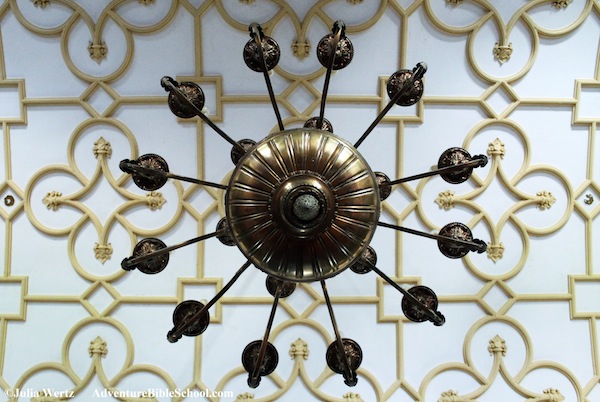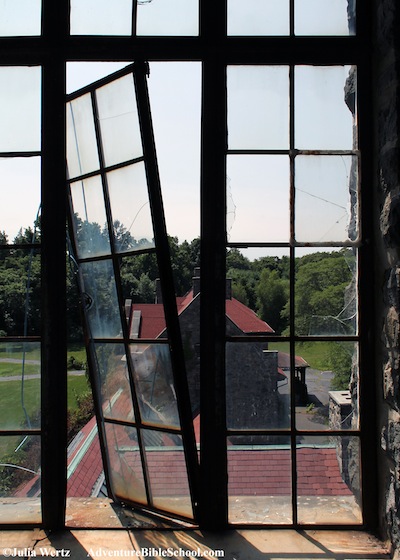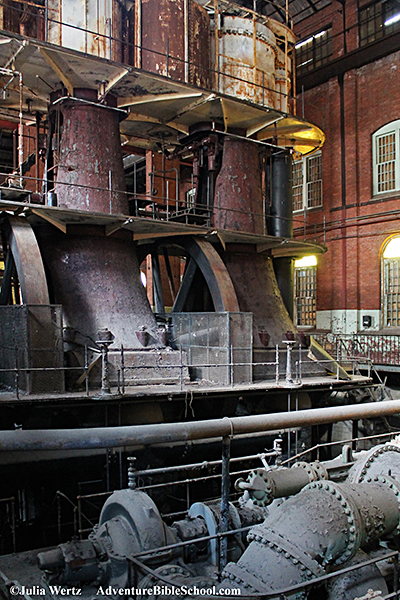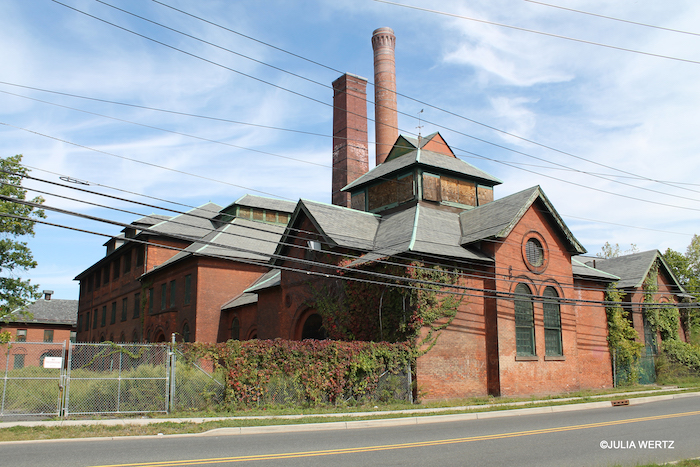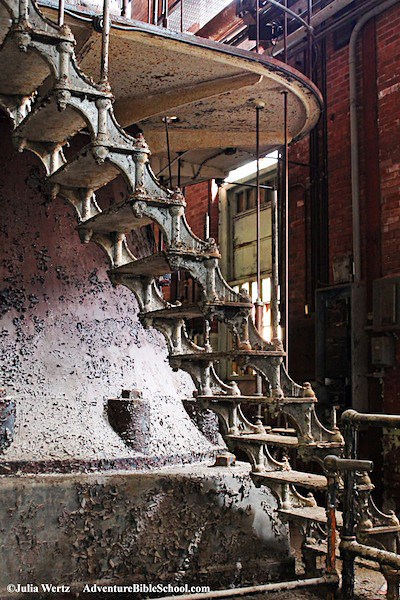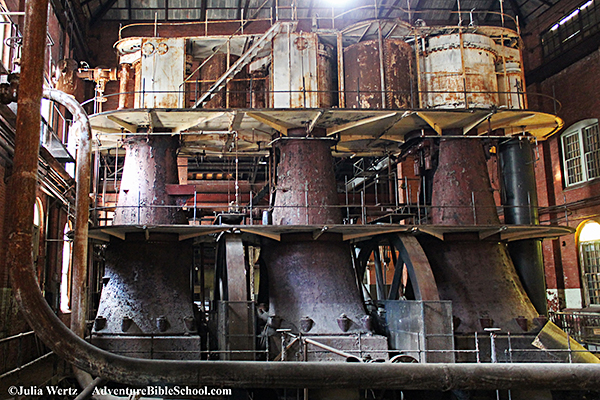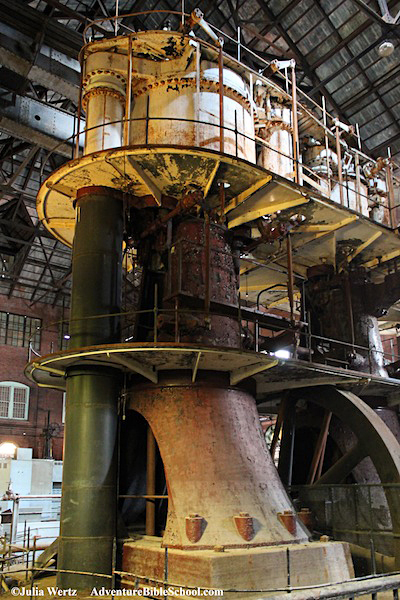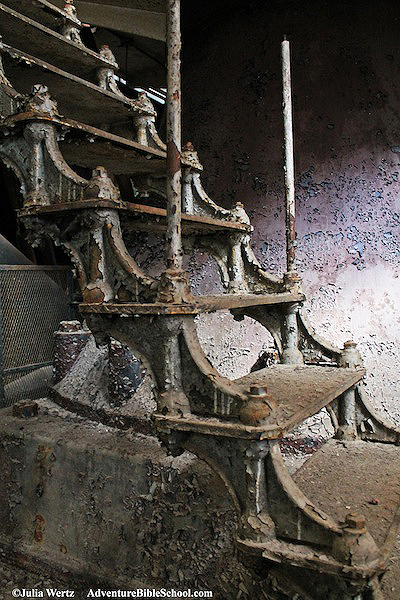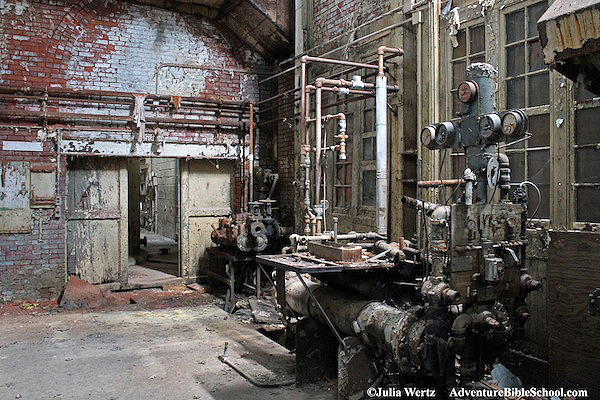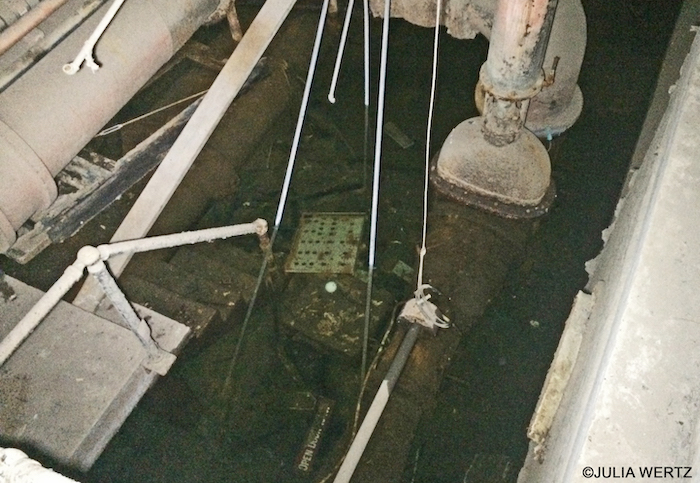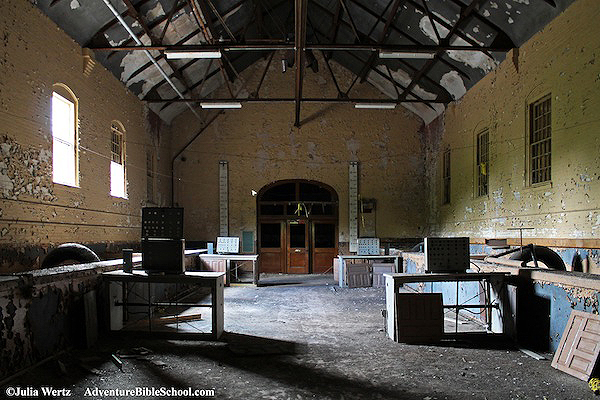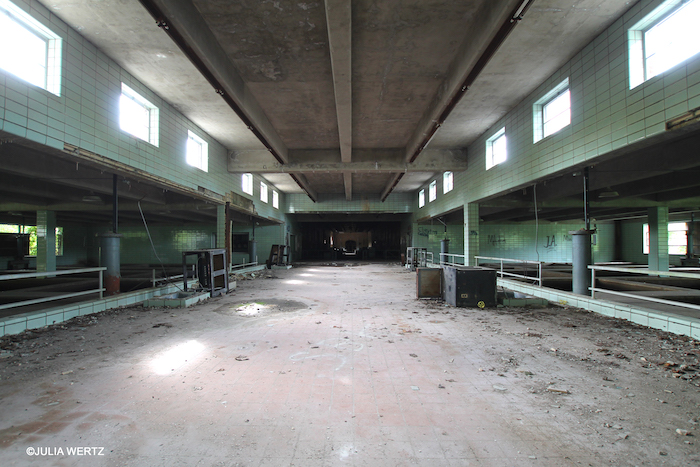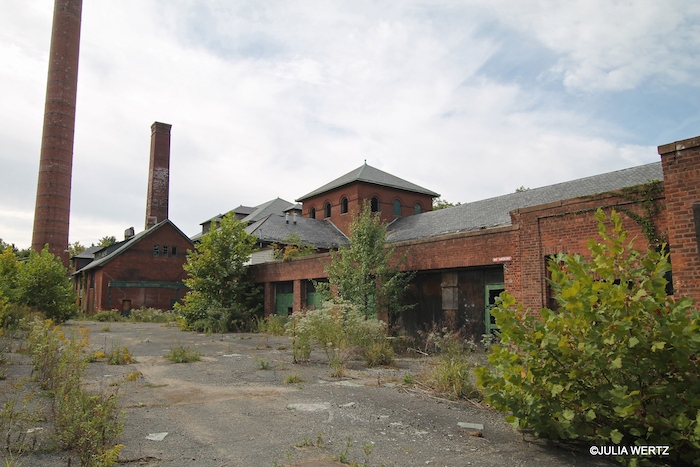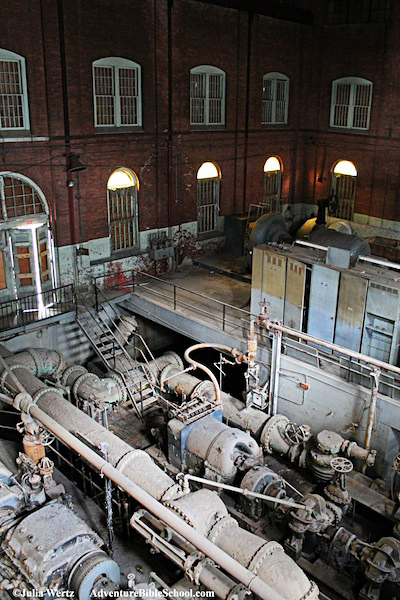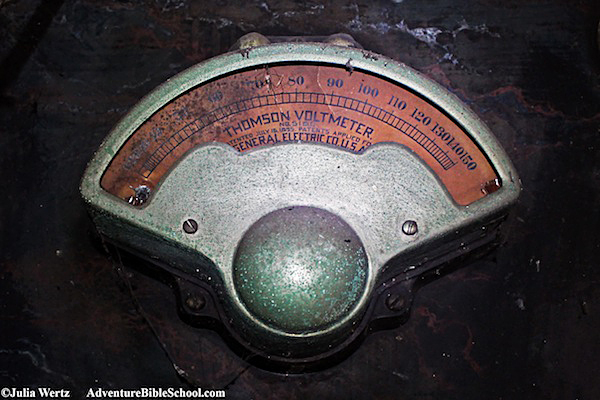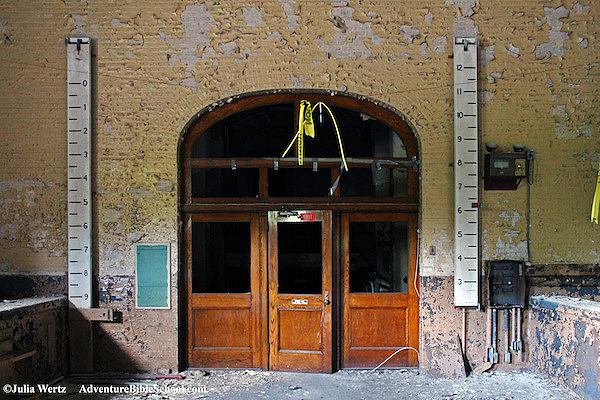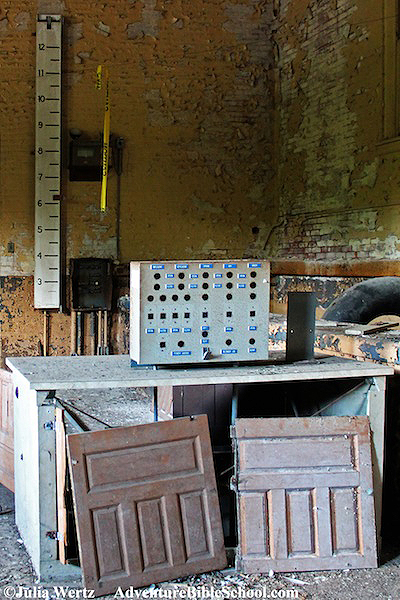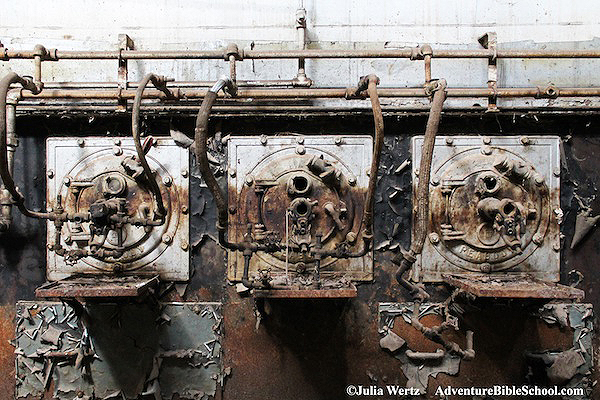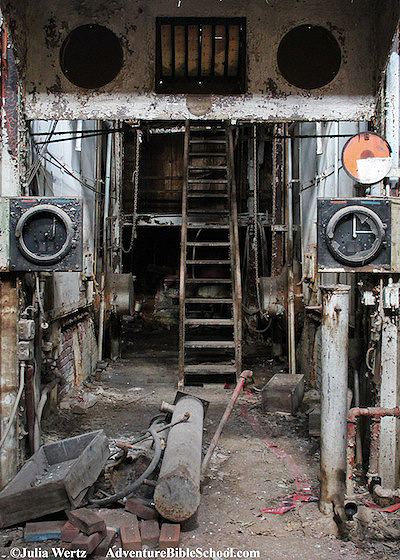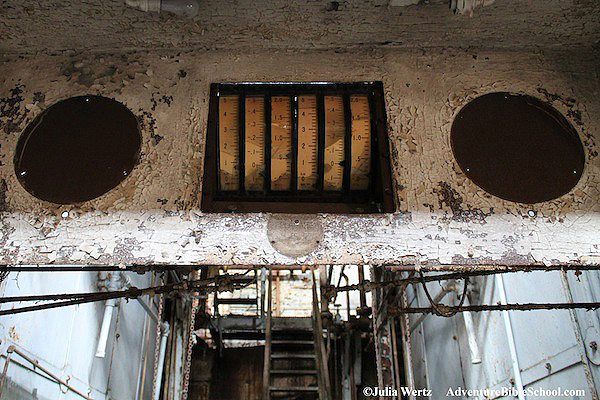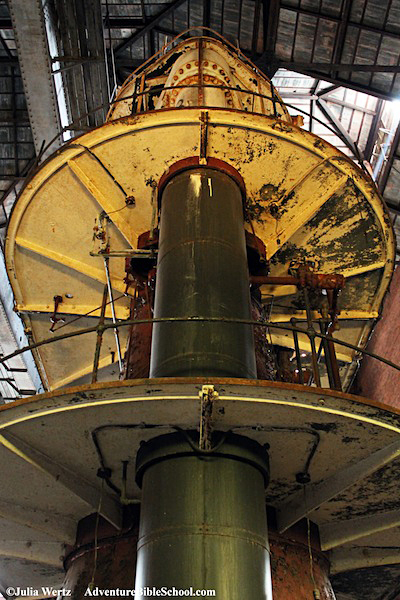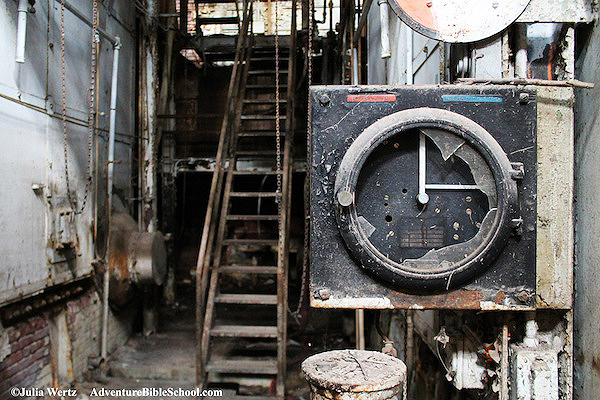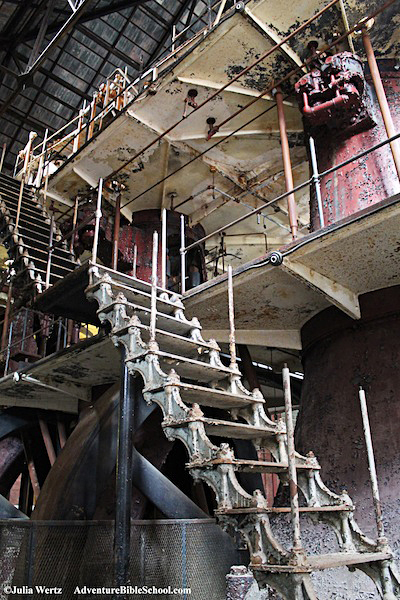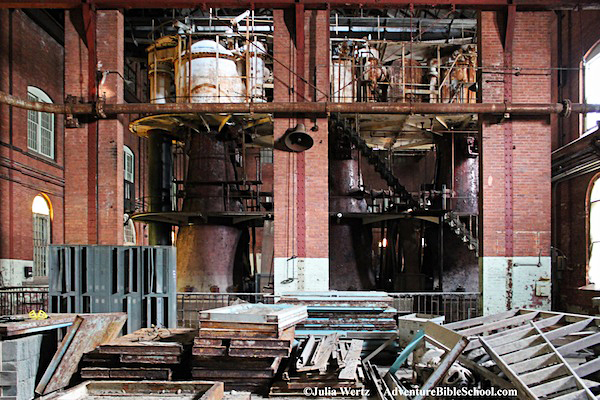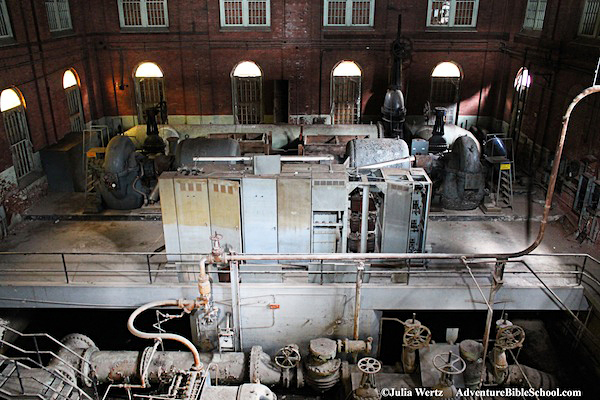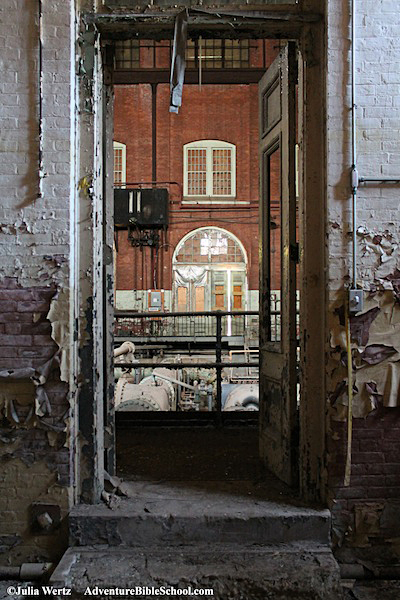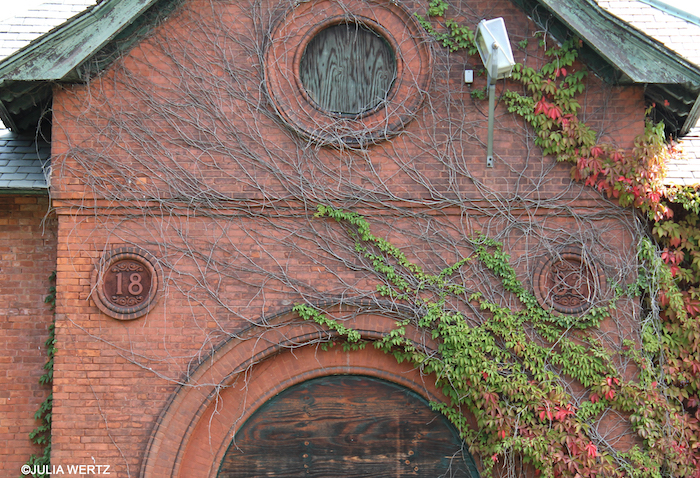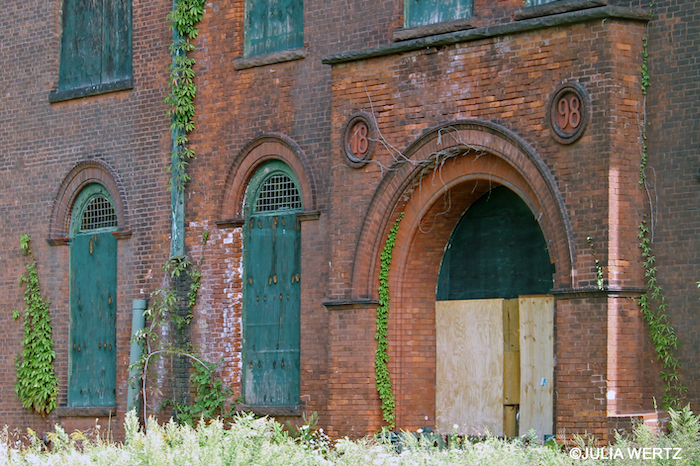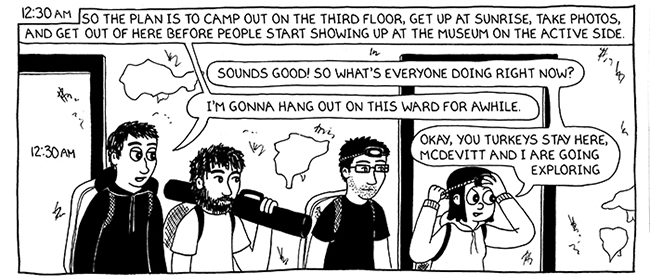
I’ve spent the night at a couple of asylums over the years, mostly for photographic and legal reasons (like, you know, avoiding the cops) but Athens was maybe one of the toughest nights I’ve had, despite being indoors and fairly warm. It was rough because I was trapped in a room with three snoring, farting dudes and I had the wicked road trip shits, which led to one of my most genuinely embarrassing moments. But we’ll get to that later. I just didn’t want to bury the lead. If you want to skip right to it though, go here. Otherwise, wait for the comic at the end.
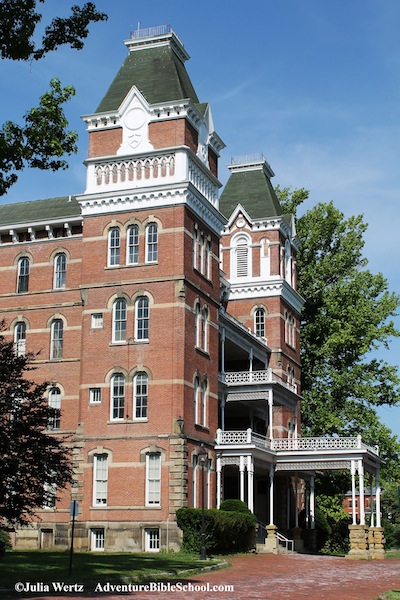
Athens Lunatic Asylum, also known as The Ridges, was a psychiatric care facility that ran from 1874 to 1993. Located in Athens, Ohio, it was a Kirkbride style asylum that took six years to build. Originally, it was built to house 572 patients, but by the 1950s, the campus had expanded to house 1,800 patients.
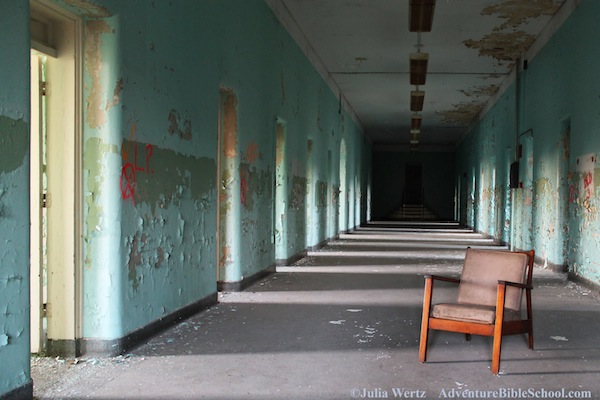
Unlike many other asylums built around that time, Athens was not a self-sustaining campus. Asylums that were self-sustaining had their own powerhouse, fire station, hospital, rec hall, church, post office, staff housing, and more. Athens didn’t have those facilities, but it had plenty of livestock, farming, orchard land, and even a dairy.
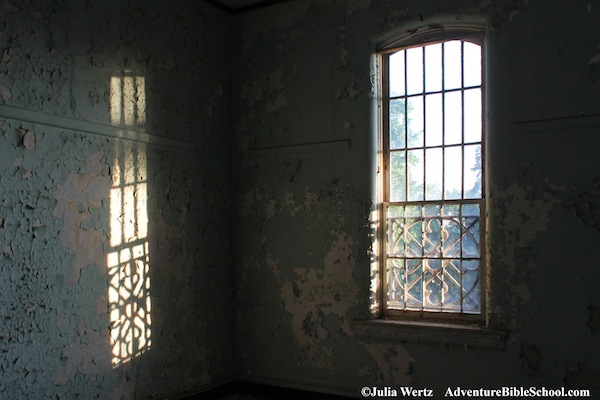
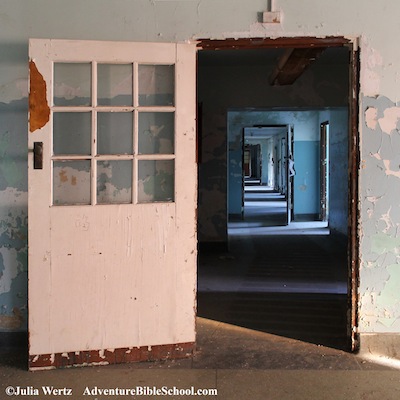
Athens has a couple of unique claims to fame, one being the story of Billy Milligan. Milligan was a robber and rapist who pleaded insanity due to “multiple personalities.” It was the first time anyone won a court case using the insanity defense. Instead of going to jail, Milligan was committed to a number of asylums, with the main part of his sentence served at Athens. Milligan died of cancer in 2014.
The second, more popular Athens story is the one of Margaret Shilling’s body stain. Shilling was a patient at Athens when she disappeared on December 1st, 1978. On January 12th, 1979, they found Shilling’s body on the top floor of an abandoned ward. She supposedly died of heart failure, caused by exposure in the unheated ward. She had removed her clothes prior to lying down near a window, and the severe decomposition of her body left a permanent stain on the concrete floor. The stain is still there today.
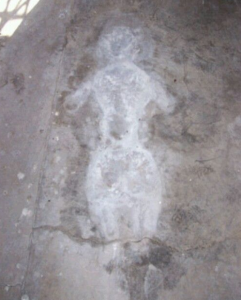
I couldn’t ID the photographer of the above image, it’s been posted on a few blogs and their name was buried in the process. As a (pseudo) photographer, that drives me nuts, so feel free to email me if you know who took this photo.
The main building at Athens (the Kirkbride) is still partially in use today as the Kennedy Art Museum. Half the building is also used by Ohio University, while the other half remains abandoned.
Alright, let’s burn through the rest of these photos and get to the comic.
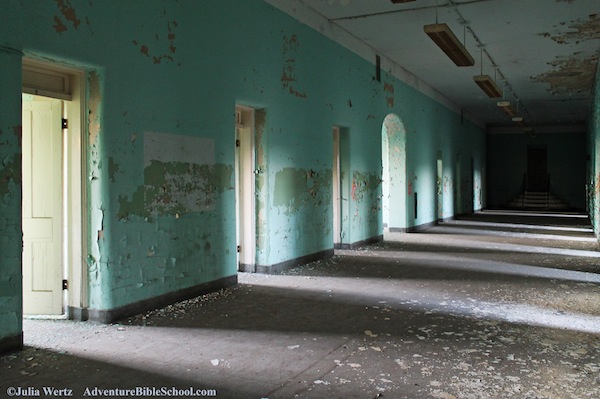
Typical patient ward hallway shot in the early morning.
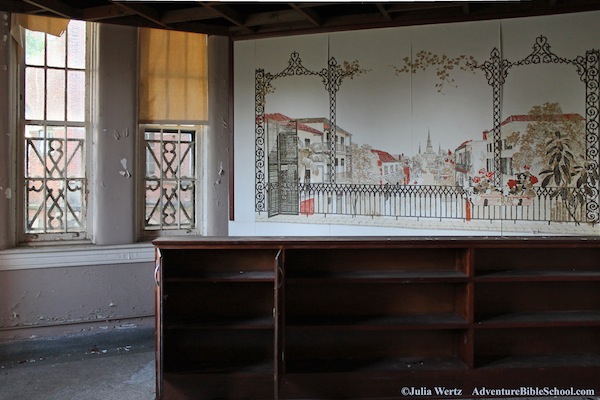
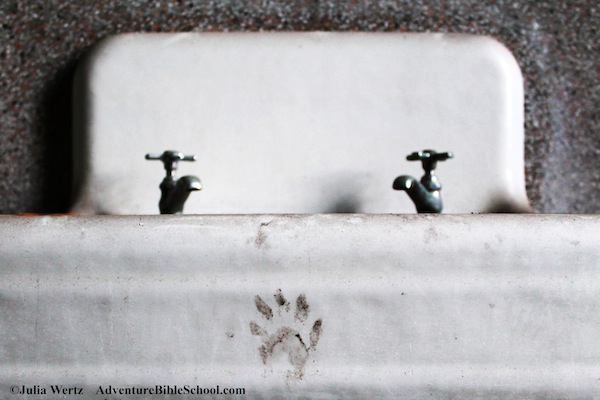
Despite being half active, the kirkbride still entertains the occasional animal visitor.
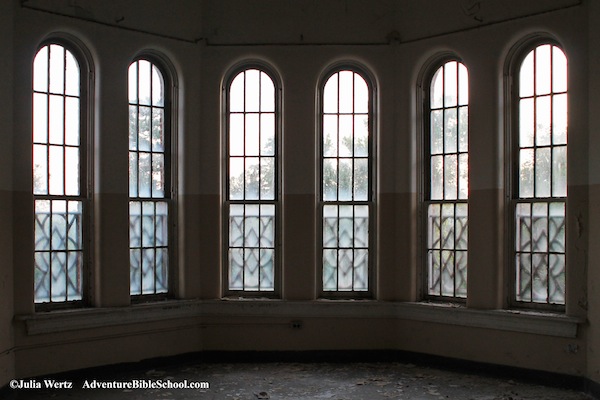
As you’ll see in the impending comic, I briefly address the building’s distinct ornate grates. Each floor has its own grate design, a trait unique to Athens.
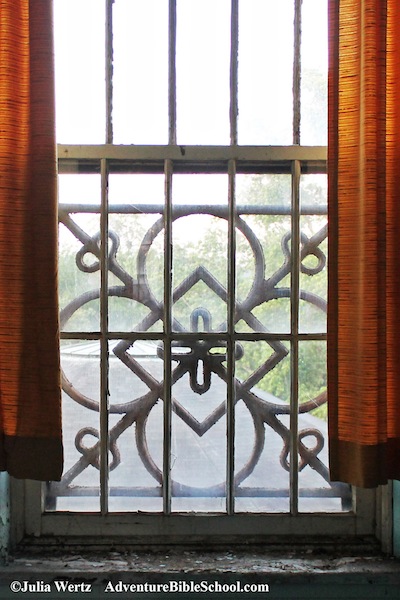
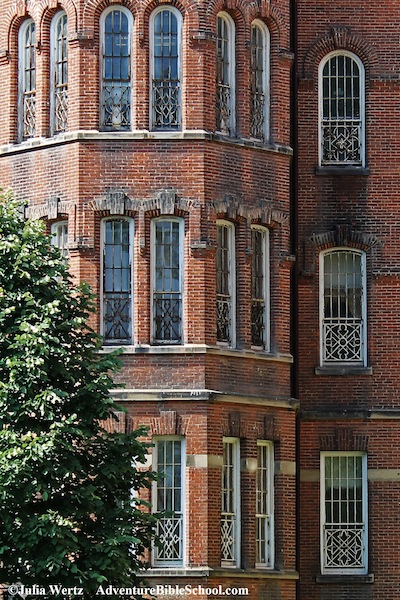
Above is a bad photo of the various grates. As you can see, the narrow grates are simply a condensed version of the regular grates on that floor.
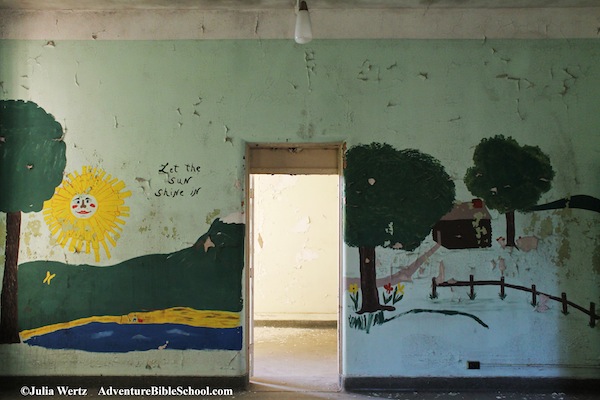
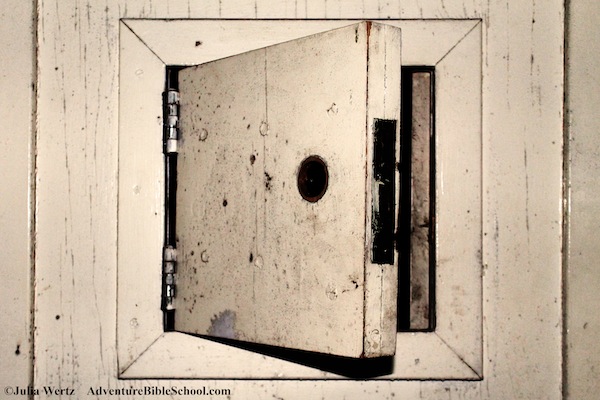
Patient doors in the seclusion ward.
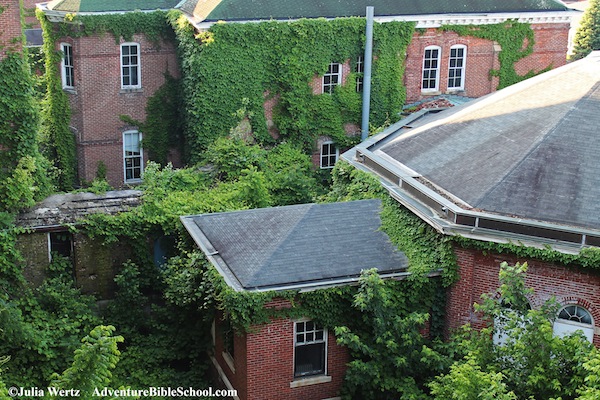
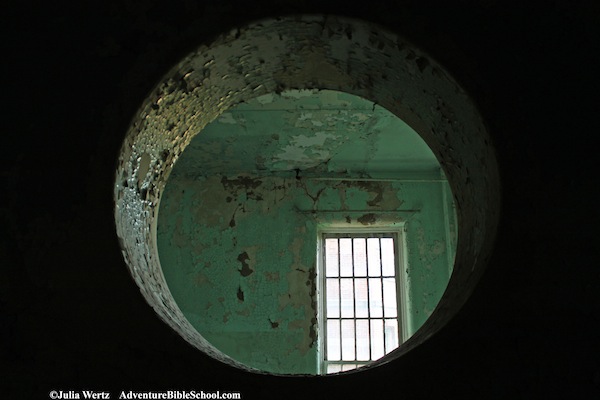

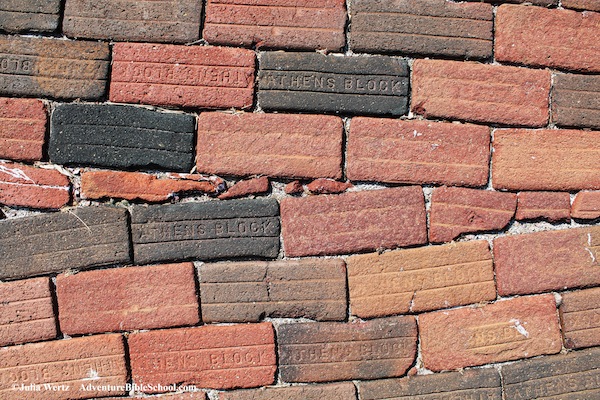
You can visit Athens and go inside the active parts of the Kirkbride building. The walkways on the property are lined with Athens Block brick and the campus is carefully maintained. It’s a great example of how to save and restore a Kirkbride, instead of just tearing it down, a la Greystone. (Fuck you, Chris Christie.)
Okay, enough of that, here is a three page comic about spending the night in Athens. Enjoy.

To see more photos of Athens Lunatic Asylum, go to Flickr
_______
Disclaimer: If any information is incorrect, if you have more info, or if you’d just like to tell me something, feel free to contact me.
To support my work and see new comics, go here. To buy books, original artwork, merch, and more, visit my website store. Follow me on instagram.
